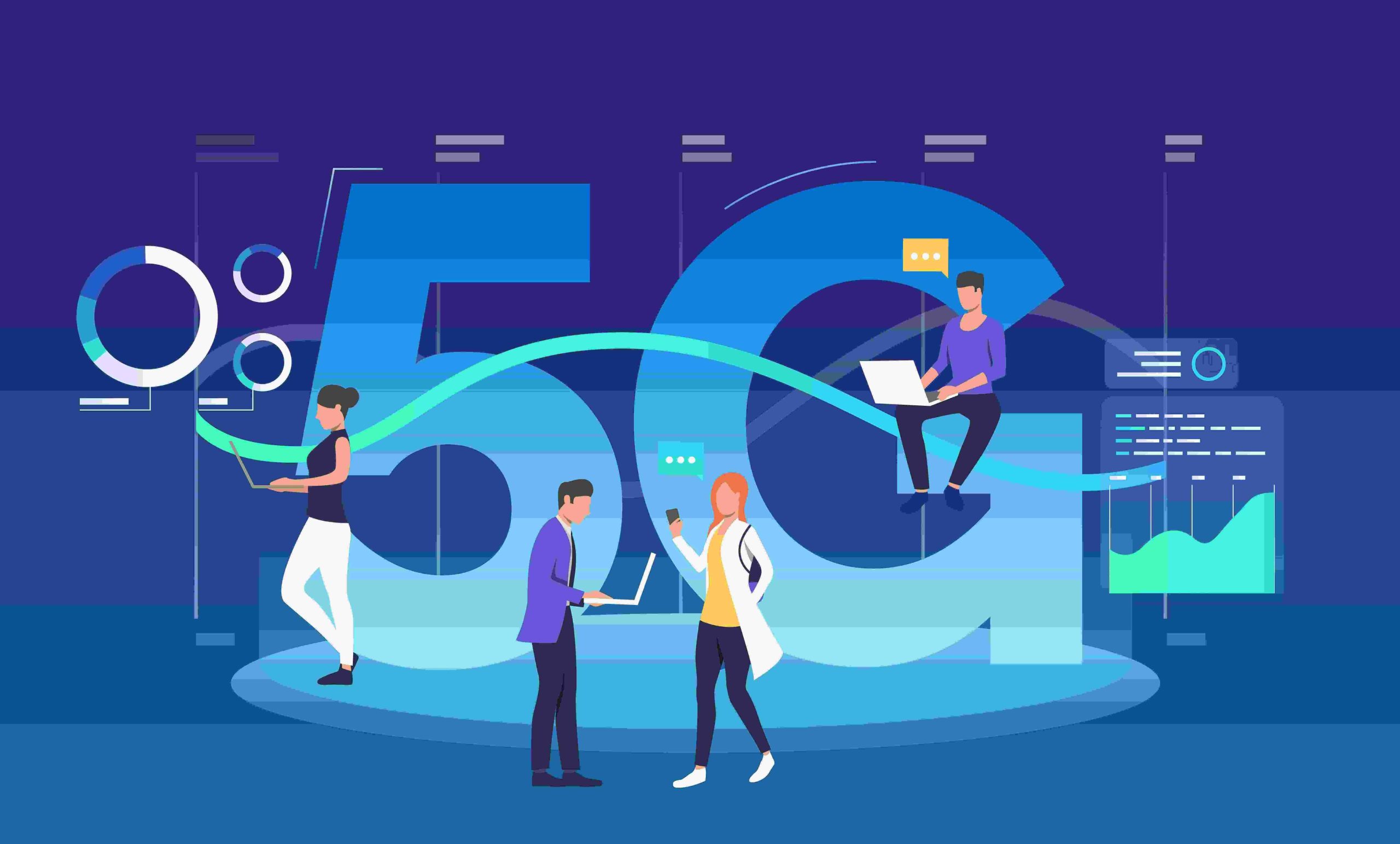In the realm of technological advancements, few innovations have generated as much buzz and excitement as 5G technology. As the successor to 4G (LTE) networks, 5G promises to revolutionize the way we connect, communicate, and experience the digital world. In this article, we will delve into the fascinating world of 5G, exploring its fundamentals, potential benefits, challenges, use cases, and the profound impact it is set to make on our lives.
The Basics of 5G
To embark on our journey into the realm of 5G technology, it’s crucial to grasp the fundamentals. So, what exactly is 5G?
5G stands for the fifth generation of wireless technology. It represents a significant leap forward in terms of connectivity and communication. Unlike its predecessors, 5G is designed to offer much more than just faster download speeds. It brings several key features to the table:
1. Lightning-Fast Data Speeds:
5G networks provide blazing-fast data speeds, significantly reducing the time it takes to download files, stream videos, or access web content. This means you can say goodbye to buffering and enjoy seamless online experiences.
2. Ultra-Low Latency:
One of 5G’s standout features is ultra-low latency, which is the delay between sending and receiving data. This near-instantaneous response time is crucial for applications like augmented reality (AR), virtual reality (VR), and autonomous vehicles, where split-second decisions matter.
3. Increased Network Capacity:
5G networks can support a more extensive array of connected devices simultaneously. This is essential for the ever-expanding Internet of Things (IoT) ecosystem, where everything from home appliances to industrial machinery can be interconnected.
4. Spectrum Bands:
5G operates across a range of spectrum bands, including low, mid, and high-frequency bands. This diverse spectrum utilization allows for a mix of coverage and capacity to cater to different needs.
Benefits of 5G
The advantages of 5G technology extend far beyond faster downloads and smoother streaming. Here are some of the key benefits:
1. Enhanced User Experiences:
With lightning-fast speeds and reduced latency, users can enjoy higher-quality video calls, seamless gaming experiences, and faster access to cloud services.
2. Transforming Industries:
5G has the potential to transform industries like healthcare, manufacturing, and transportation. Remote surgery, smart factories, and autonomous vehicles are just the beginning.
3. Bridging the Digital Divide:
5G can help bridge the digital divide by bringing high-speed internet to underserved areas, enabling broader access to education, work, and healthcare.
4. Sustainable Technologies:
Efficient 5G networks can contribute to a more sustainable future by optimizing energy usage and reducing carbon footprints.
Challenges and Concerns
Despite its promises, 5G technology also faces challenges and concerns:
1. Security:
As 5G networks become more complex, ensuring their security becomes paramount. Protecting against cyber threats and data breaches is an ongoing challenge.
2. Health Concerns:
The potential health effects of prolonged exposure to 5G radiation remain a topic of debate and research.
3. Infrastructure Upgrades:
Implementing 5G requires significant infrastructure upgrades, including the deployment of a vast number of small cell towers.
5G Use Cases
5G technology is already making its mark in various real-world applications:
1. Smart Cities:
5G enables the creation of smart cities with connected infrastructure, traffic management, and environmental monitoring.
2. Internet of Things (IoT):
The IoT ecosystem benefits from 5G’s increased capacity, allowing for more devices to be interconnected.
3. Telemedicine:
Remote healthcare services, including telemedicine and remote surgery, are empowered by low-latency 5G connections.
4. Education:
5G facilitates remote learning by providing fast and reliable internet access to students.
The Future of 5G
As 5G technology continues to evolve, we can anticipate the following developments:
1. Further Industry Transformations:
5G’s influence will extend to even more industries, creating innovative solutions and opportunities.
2. Emerging Applications:
New and unexpected applications of 5G will continue to emerge, driving technological advancements.
3. Ongoing Research:
Research into 5G’s potential, safety, and efficacy will remain a priority as its deployment expands.
Conclusion
In conclusion, 5G technology represents a transformative force that will redefine the way we connect, communicate, and conduct business. While it comes with its set of challenges and concerns, its potential to revolutionize industries and enhance our daily lives cannot be overstated. As 5G continues to unfold, it’s essential to stay informed about its evolution and its profound impact on society.
For further insights into 5G and its role in the future, we recommend exploring the latest reports and articles

